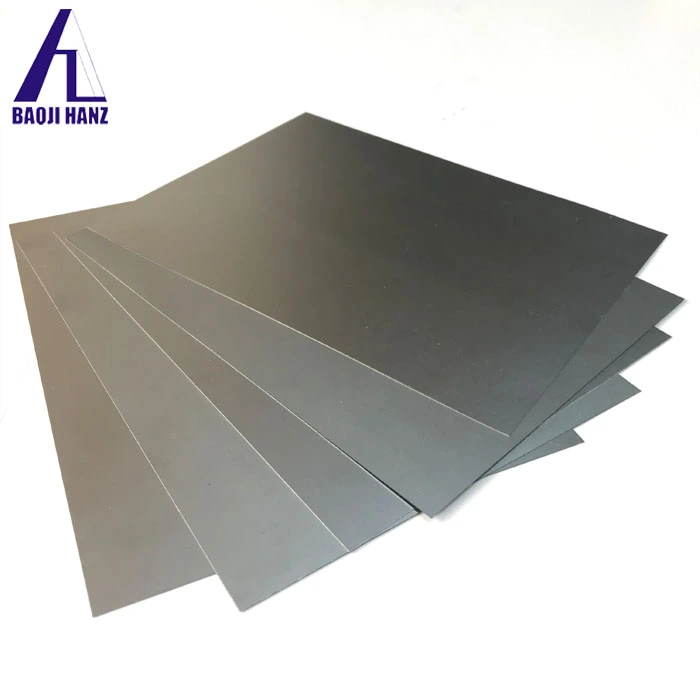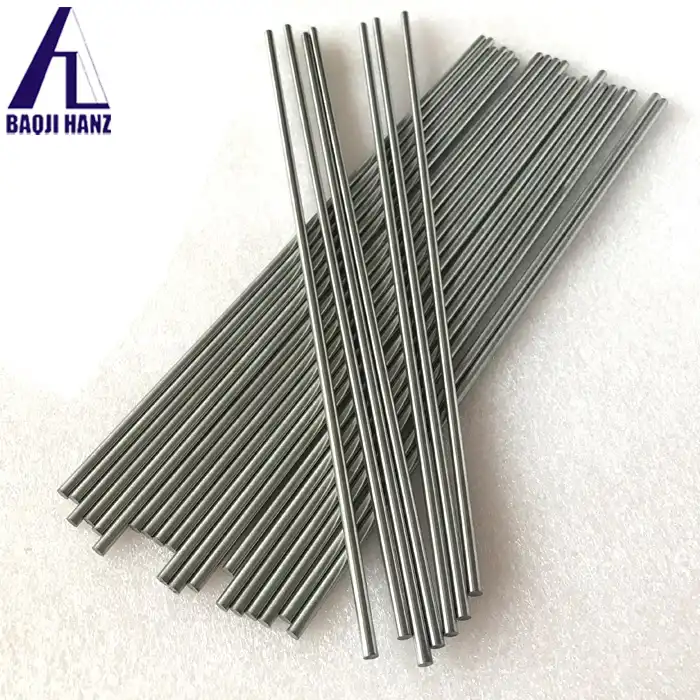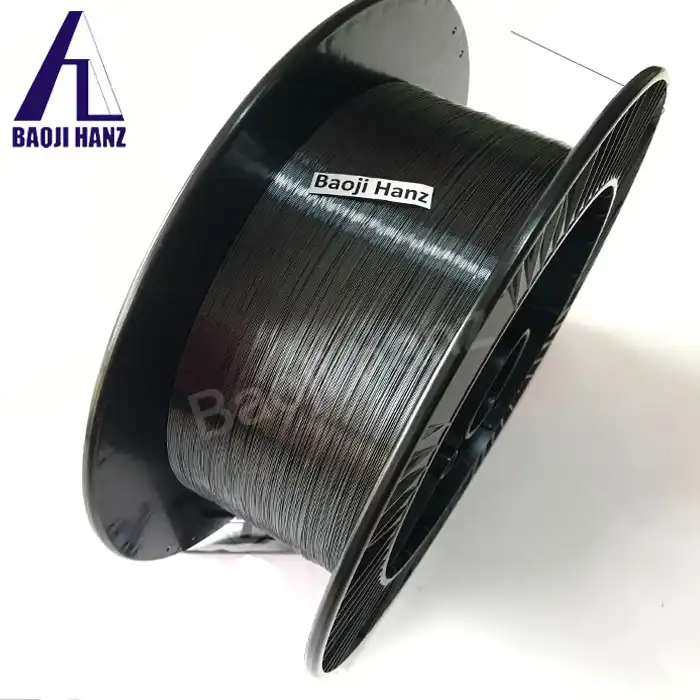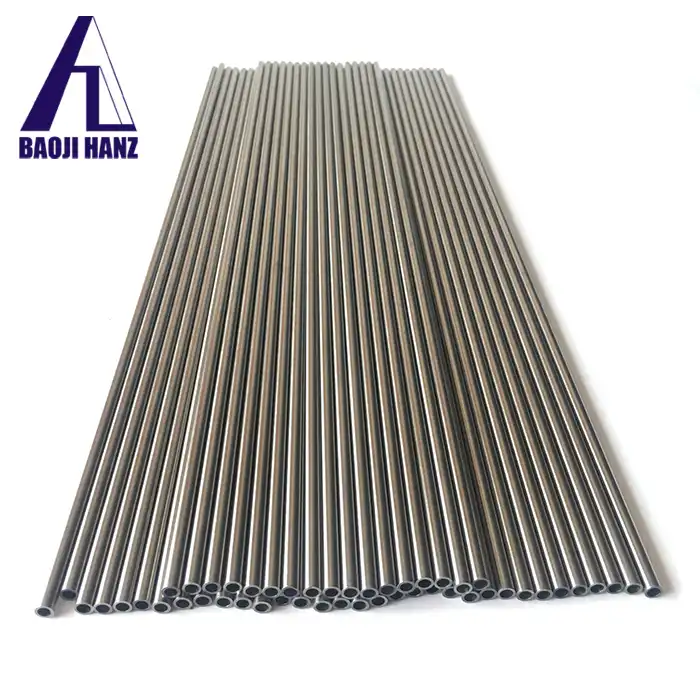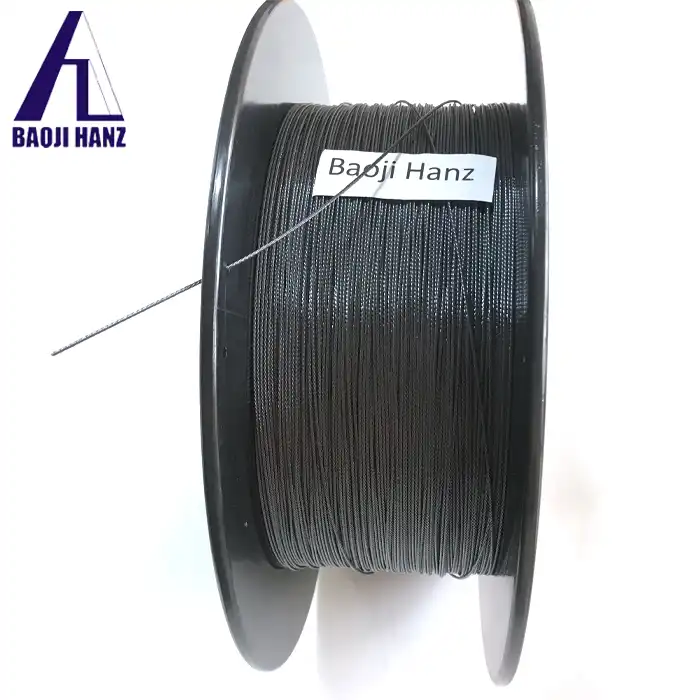Is nitinol biocompatible?
2024-11-04 14:03:24
Nitinol, a remarkable shape memory alloy composed of nickel and titanium, has gained significant attention in various industries, particularly in medical applications. Its unique properties, including shape memory nitinol strip and superelasticity, have made it a popular choice for medical devices and implants. However, a crucial question arises when considering its use in the human body: Is nitinol biocompatible? This blog post delves into the biocompatibility of nitinol, exploring its properties, applications, and safety considerations. We'll examine the factors that contribute to its compatibility with living tissues and discuss the potential benefits and risks associated with its use in medical settings.
Understanding Nitinol's Biocompatibility
The Composition of Nitinol
Nitinol, an alloy composed of nearly equal parts nickel and titanium, possesses unique properties that make it valuable in various applications. The shape memory nitinol strip, in particular, has garnered attention for its ability to return to a predetermined shape when heated. This composition plays a crucial role in determining its biocompatibility. The nickel-titanium ratio in nitinol typically ranges from 54.5-57% nickel by weight. This precise balance is essential for maintaining the alloy's desirable properties while minimizing potential adverse reactions in biological environments. The presence of titanium, known for its excellent biocompatibility, contributes significantly to nitinol's overall compatibility with living tissues.
Surface Properties and Biocompatibility
The surface characteristics of nitinol play a pivotal role in its biocompatibility. When exposed to oxygen, nitinol forms a passive titanium oxide layer on its surface. This protective layer acts as a barrier, reducing the potential for nickel ions to leach into surrounding tissues. The stability and integrity of this oxide layer are crucial factors in determining nitinol's long-term biocompatibility. Surface treatments, such as electropolishing or passivation, can further enhance the oxide layer's protective properties. These processes help create a smoother, more uniform surface, reducing the risk of corrosion and improving overall biocompatibility. The shape memory nitinol strip, when properly treated, can exhibit excellent resistance to corrosion in biological environments.
Biocompatibility Testing and Standards
Rigorous testing is essential to evaluate nitinol's biocompatibility for medical applications. Standard tests include cytotoxicity assessments, sensitization studies, and implantation tests. These evaluations help determine the material's potential to cause adverse reactions in living tissues. International standards, such as ISO 10993, provide guidelines for biocompatibility testing of medical devices. Compliance with these standards ensures that nitinol-based products, including shape memory nitinol strips, meet the necessary safety requirements for use in medical applications. Manufacturers must adhere to these standards to ensure the safety and efficacy of their nitinol-based products.
Applications of Biocompatible Nitinol in Medicine
Cardiovascular Devices
Nitinol's unique properties make it an ideal material for various cardiovascular applications. Its superelasticity allows for the creation of self-expanding stents, which can be compressed into a small diameter for insertion and then expand to their original shape once deployed in blood vessels. This characteristic is particularly advantageous in treating peripheral artery disease and other vascular conditions. The shape memory nitinol strip finds application in the manufacture of guidewires and catheters used in minimally invasive procedures. Its flexibility and kink resistance allow for easier navigation through tortuous blood vessels, improving the success rate of interventional procedures. Additionally, nitinol's biocompatibility ensures minimal risk of adverse reactions when these devices come into contact with blood and vessel walls.
Orthopedic Implants
In orthopedic applications, nitinol's shape memory properties offer unique advantages. Bone staples made from nitinol can be cooled and deformed for easy insertion, then heated to body temperature to return to their original shape, providing secure fixation. This property allows for less invasive surgical procedures and potentially faster recovery times for patients. Spinal implants utilizing shape memory nitinol strips have shown promise in treating scoliosis and other spinal deformities. These implants can be designed to apply controlled, gradual forces to correct spinal curvature over time, offering a less invasive alternative to traditional surgical approaches. The biocompatibility of nitinol ensures that these implants can remain in place for extended periods without causing significant adverse reactions.
Dental Applications
Nitinol's superelasticity and biocompatibility make it an excellent material for various dental applications. Orthodontic archwires made from nitinol provide consistent, gentle forces for tooth movement, resulting in more efficient and comfortable treatments. The shape memory properties allow these wires to maintain their effectiveness over longer periods, reducing the need for frequent adjustments. In endodontics, nitinol files are used for root canal procedures. The flexibility of shape memory nitinol strips enables these files to navigate complex root canal systems while maintaining their cutting efficiency. This property reduces the risk of instrument breakage and improves the overall success rate of root canal treatments. The biocompatibility of nitinol ensures that any small particles that may be left behind during the procedure are unlikely to cause adverse reactions in the surrounding tissues.
Considerations and Limitations of Nitinol Biocompatibility
Nickel Sensitivity and Allergic Reactions
Despite its generally excellent biocompatibility, the presence of nickel in nitinol raises concerns about potential allergic reactions. Nickel allergy is one of the most common metal allergies, affecting a significant portion of the population. While the titanium oxide layer on nitinol's surface helps mitigate nickel release, there is still a potential risk for individuals with severe nickel sensitivity. Manufacturers of shape memory nitinol strips and other nitinol-based medical devices must consider this risk when designing and producing their products. Strategies to address this concern include optimizing surface treatments to enhance the protective oxide layer and developing low-nickel or nickel-free alternatives for highly sensitive individuals. Healthcare providers should also be aware of this potential issue and screen patients for nickel allergies before using nitinol-based devices.
Long-term Implantation Effects
While short-term studies have demonstrated nitinol's biocompatibility, the long-term effects of nitinol implants require ongoing research and monitoring. Factors such as mechanical stress, corrosion, and wear can potentially affect the material's performance and biocompatibility over extended periods. The stability of the protective oxide layer and the potential for nickel ion release under various physiological conditions are areas of particular interest in long-term studies. Researchers continue to investigate the behavior of shape memory nitinol strips and other nitinol-based implants over extended periods. This ongoing research aims to identify any potential long-term risks and develop strategies to mitigate them, ensuring the continued safe use of nitinol in medical applications. Long-term follow-up studies of patients with nitinol implants provide valuable data for assessing the material's performance and biocompatibility over time.
Manufacturing and Processing Considerations
The biocompatibility of nitinol is heavily influenced by manufacturing and processing techniques. Impurities introduced during production, improper heat treatments, or inadequate surface finishing can all impact the material's performance and compatibility with living tissues. Strict quality control measures are essential to ensure consistent biocompatibility across different batches of nitinol products. Manufacturers of shape memory nitinol strips and other nitinol-based devices must adhere to rigorous standards and best practices throughout the production process. This includes careful control of the alloy composition, precise heat treatments to achieve desired properties, and appropriate surface treatments to enhance biocompatibility. Advanced manufacturing techniques, such as additive manufacturing, offer new possibilities for creating complex nitinol structures but also introduce new challenges in ensuring consistent biocompatibility.
Conclusion
Nitinol's biocompatibility has made it a valuable material in medical applications, offering unique properties that benefit patients and healthcare providers alike. While concerns exist, particularly regarding nickel sensitivity, ongoing research and advanced manufacturing techniques continue to improve its safety and efficacy. As the medical field evolves, nitinol's role in innovative treatments is likely to expand, driven by its remarkable combination of biocompatibility and functional properties. If you want to get more information about this product, you can contact us at: baojihanz-niti@hanztech.cn.
Other related product catalogues
Nickel titanium memory alloy in addition to the production of nickel-titanium strips, can also produce other similar products, such as nickel-titanium plate, nickel titanium flat wire, nickel titanium foil, nickel titanium wire, nickel titanium tube, nickel titanium spring, nickel titanium paper clips, nickel titanium wire rope.
|
|
|
|
|
|
|
|
References
1. Shabalovskaya, S. A. (2002). Surface, corrosion and biocompatibility aspects of Nitinol as an implant material. Bio-Medical Materials and Engineering, 12(1), 69-109.
2. Duerig, T., Pelton, A., & Stöckel, D. (1999). An overview of nitinol medical applications. Materials Science and Engineering: A, 273-275, 149-160.
3. Es-Souni, M., Es-Souni, M., & Fischer-Brandies, H. (2005). Assessing the biocompatibility of NiTi shape memory alloys used for medical applications. Analytical and Bioanalytical Chemistry, 381(3), 557-567.
4. Machado, L. G., & Savi, M. A. (2003). Medical applications of shape memory alloys. Brazilian Journal of Medical and Biological Research, 36(6), 683-691.
5. Petrini, L., & Migliavacca, F. (2011). Biomedical Applications of Shape Memory Alloys. Journal of Metallurgy, 2011, 1-15.
6. Jani, J. M., Leary, M., Subic, A., & Gibson, M. A. (2014). A review of shape memory alloy research, applications and opportunities. Materials & Design, 56, 1078-1113.

